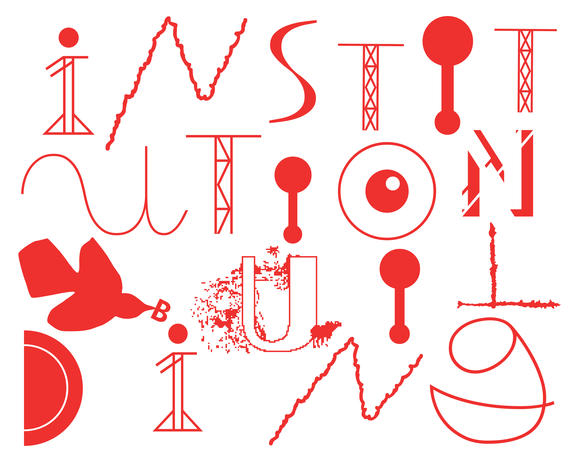Institution Building Chapter 8: Preservation

The preservation of artifacts is a primary duty of museums. It is a practice that starts from the way things are today, but fundamentally, designates what is worth keeping for tomorrow. As a discipline, preservation has significantly departed from UNESCO’s conception of “world heritage,” giving rise to a wider understanding of the importance of local and immaterial forms of historical meaning. Edifices or other artifacts of preservational interest are usually not built as such, but can accrue significance over time. All it can take to write history today is an act of recognition and, for better or worse, reification.
What is the built heritage? How to create new, future-oriented roles for built heritage that promote inclusive and resilient communities? How to develop a practice of preservation that includes the reuse of buildings, social and historical research, material science, documentation, assessment, monitoring environmental impact?
Part of the traditional function of monuments is to resist the very passage of time and the subsequent transformation in meaning inherent to any form. But social relations can change to the extent that actions are taken to dismantle their reified configurations. The recent resistance and violence enacted against monuments, from public statues to buildings and street names reveals their inherently democratic nature. Monuments are representations of people; they are meant to be identified with. Yet not all monuments represent everyone, and in their exclusionary potential, they enact political violence.
When the ideological function of monuments expires, the formal properties of the reified structures are laid bare. Such instances are often met with calls for the monuments’ removal and destruction. Yet other approaches are also common, such as profanation—of returning it to the commons—and re-signification through the establishment of new rituals and performances to make it mean otherwise. Such strategies fall within an expanded, and experimental approach to the practice of preservation.
With contributions by AgwA, Bovenbouw Architectuur & DDS+ / Caruso St John Architects / MA2, Metzger et Associés Architecture / René Stapels, b+ (Arno Brandlhuber, Olaf Grawert, Angelika Hinterbrandner, Roberta Jurčić and Gregor Zorzi), Pieterjan Ginckels + STUDIO SNOWFLAKE (Eva Demulder, Sarah Tilley, Ferre Vander Elst), Sandi Hilal / Alessandro Petti, Victor Horta, Stanislas Jasinski, Clara Leverd / Véronique Patteeuw / Madelon Vriesendorp, Charlotte Malterre-Barthes, Jorge Otero-Pailos, PEAKS (Charles Aubertin, Camille Dupont, Samuel Jaubert de Beaujeu, Éva Maloisel), Permanent Brussels (WIP), Marie-Françoise Plissart, Sumayya Vally, XDGA I Xaveer De Geyter Architects / Barbara Van der Wee.

